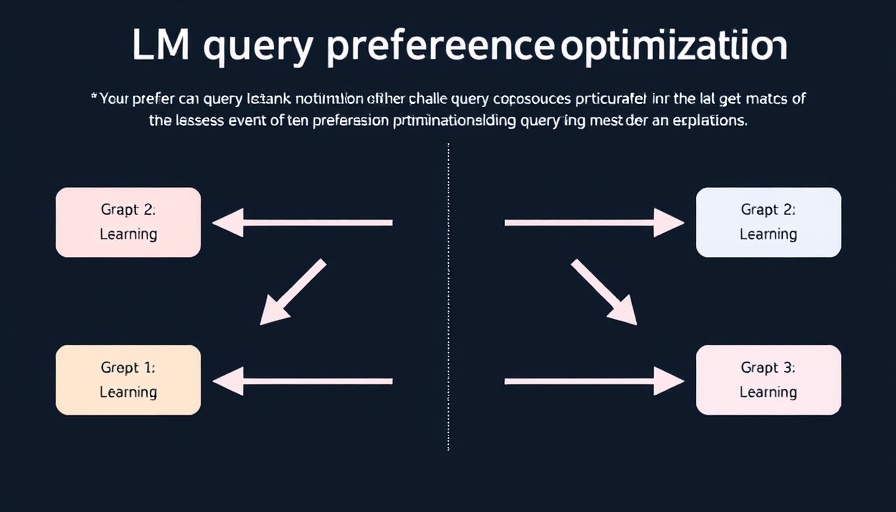
Revolutionizing Design: Super Design as an Open-Source Marvel
The concept of ‘vibe coding’ is fast becoming more than just tech jargon; it's a transformative approach where developers can rapidly create applications through AI-assisted tools. From crafting web interfaces to orchestrating full-fledged applications in mere moments, the rise of AI development tools has made the design process noticeably more accessible. However, many of these tools falter when it comes to delivering aesthetically pleasing and structured outputs. Enter Super Design, a groundbreaking open-source AI design agent tailored for both developers and designers.
In 'SuperDesign: First-Ever Opensource Design Agent! The Cursor for Design!', the discussion dives into the transformative capabilities of AI in design, leading us to a deeper analysis of how Super Design empowers developers and designers alike.
What is Super Design?
Super Design is indeed a first of its kind—a design agent embedded directly into your Integrated Development Environment (IDE). With its ability to generate UI mockups, wireframes, and even component layouts using natural language prompts, it empowers users to transform their IDE into a design studio instantly.
Essential Features that Enhance Design Workflows
Super Design boasts features such as:
- Instant UI Generation: Users can create comprehensive UI screens from simple prompts.
- Flexible Mockups: It supports multiple component layouts, ensuring adaptability and scalability in design.
- Iterative Design: The ability to fork and evolve existing designs easily ensures ongoing improvement.
Moreover, integration with popular cloud services like Cursor provides even greater utility, allowing developers to streamline their workflow without jarring transitions between platforms.
Creating Seamless User Interfaces
Imagine asking Super Design to “help me design a calculator UI.” Within moments, the tool begins to construct components tailored to your specifications, all while enabling you to visualize the development in real-time. Furthermore, its iterative feedback mechanism allows for continual enhancements; simply request a color change, and watch it adjust dynamically. It’s this fluidity that sets Super Design apart in the burgeoning field of AI development.
Why Open-Source Matters
Being an open-source project, Super Design is accessible to everyone—developers and designers can install it swiftly, fostering innovation and collaboration within the tech community. Open-source platforms not only enhance transparency but also encourage frequent updates and community-driven improvements, making software solutions continuously relevant.
If you're looking to elevate your design projects and implement AI’s creative capabilities, consider diving into the world of Super Design. Explore the future of AI-assisted design today!
 Add Row
Add Row  Add
Add 




Write A Comment